Today we are excited to show you the portable USB Tube Headphone amplifier with DAC from Woo Audio, their brand-new Tube Mini! This article will primarily discuss my impressions of the Tube Mini regarding build quality, design, and sound quality.
For those of you that like to consume content via video format you can click the photo above, and you will be magically transported to our YouTube video featuring the Woo Audio TUBE Mini.
Most importantly, I will share the how-to of handling and using the Tube Mini, so potential buyers know how to properly use it with their favorite headphones and how to achieve the best sound quality with it.
Let's first take a look at the build quality and design of the Tube Mini and what sets it apart from other USB dongle-type headphone amplifiers and DACS. Housed in a sleek aluminum enclosure weighing only 49 grams or 1.7 ounces, measuring 107mm Long x 35mm Wide x 7mm Deep, the tube mini brings portable tube amplification to a new level.
Using what Woo Audio is calling "Mighty-Drive" technology where, each of the two miniature tubes are housed behind acrylic windows designed to amplify one channel each, driving a fast MOSFET amplifier in a balanced topology for class A/B amplification.


According to WOO Audio, this design is the perfect blend of the two different technologies producing the benefits for sound quality from both solid-state amplification and tube amplification. The tubes are illuminated by miniature glowing orange LED lights when powered on.
Like the Woo Audio WA7 Fireflies, Woo Audio WA8 Eclipse, and the Woo Audio Phantom DAC Cable the Tube Mini uses the same Sabre Chip for the internal DAC. The Tube Mini uses a durable USB A connection with the included USB to USB C adapter, or you can purchase a lightning adapter for use with Apple products that don't use USB C.
On one side of the Tube Mini, you will find a play and pause button and the Single-ended or Balanced Selector switch, as the tube mini offers both a 3.5mm headphone output or an authentic 4.4mm Pentacon balanced headphone output on the top of the Tube Mini's chassis.
On the other side of the Tube Mini, you will find the volume plus and minus buttons for controlling the volume directly from the Tube Mini. However, I will tell you why I recommend not using any of the buttons on the device when listening to music.

Unlike typical dongle DAC headphone amplifiers, the Tube Mini uses actual tubes which deliver the Tube Mini's warm HiFi sound.
To reduce the effects of mechanical vibration, the tubes are mounted on a spring-loaded suspension system similar to a seismic damper system found in earthquake protection measures but on a smaller scale.
However, the Tube Mini's two tubes are still sensitive to physical handling, vibrations from tapping, and making cable connections which will introduce a ringing sound to the audio signal when listening to music. If you are familiar with tubes, this won't come as a shock to you.
For users new to tube amplification, I will give you some great tips provided by Woo Audio or that I discovered in my month of using and listening to this cool little device.
So let's discuss how to properly handle and implement the Tube Mini into your daily listening routine. First, the Tube Mini is best used with a Tablet, Laptop, or desktop computer. Although I did film some b-roll with my iPhone and tested it with my phone, a Cell phone is not ideal because LTE/5G cellular data emit high levels of EMI, which can be transferred to the tube mini.
You can scoot around this issue by offline downloading your favorite music to your phone and turning off your cellular data, Wi-Fi, and Bluetooth, which I did when using the Tube Mini with my phone.

Computers and Tablets with Wi-Fi active can also cause interference when listening, so the same approach of downloading your music to your favorite streaming service for offline listening will allow you to get the purest audio signal free from Wi-Fi interference with the tubes.
Depending on your wireless device, you may not experience much audible issues when connected to Wi-Fi. For instance, I could listen via my MacBook Pro when it was connected to wireless and still received a clean audio signal; however, when streaming via my iPad Pro, audible noise was noticeable.
So like vinyl playback takes a bit more work cleaning the record and stylus to get the best sound quality, the Tube Mini, based around older tube technology, also needs a bit more analog approach to how you listen to get the best results.
If you invest the time into doing so, you will find the excellent sound of such a small and portable personal audio system a pleasure to use at your desk, hotel room when traveling, your bedside, or anywhere else that you are stationary and enjoy listening to music.
Woo Audio recommends transporting the Tube Mini to your favorite listening space in its included carry case; set it up with your favorite headphones by plugging into the 4.4mm balanced or 3.5mm balanced headphone output before powering the Tube Mini on.
In my experience, selecting the 4.4mm balanced or 3.5mm unbalanced headphone output switch to the position opposite your desired headphone output before connecting Tube Mini to your computer or tablet worked best.
For example, if you want to use the balanced 4.4mm output, you will set the output on the side of the Tube Mini to 3.5mm Single-ended before connecting your headphones to the 4.4mm output.
Doing this will help prevent the 4.4mm output from being active while you connect to your source computer or tablet, thus silencing any startling thump or pop sounds played through the headphones when making your connection. You may hear a faint ringing after selecting your headphone output which will fade shortly.
Phone Calls, text messages, and other notifications may sound louder than the music you are listening to, so with my MacBook, I made sure to enable audio playback through the Tube Mini in the Audio Midi Setup but disabled sound notifications from being played through the Tube Mini to avoid startling notifications when listening.
 It is also essential to use the supplied USB cable to connect Tube Mini to your computer or tablet and allow a minimum of 30 seconds for the tubes to warm up and reach normal operating temperature before playing music.
It is also essential to use the supplied USB cable to connect Tube Mini to your computer or tablet and allow a minimum of 30 seconds for the tubes to warm up and reach normal operating temperature before playing music.
The Tube Mini defaults to FULL volume output at initial setup, so it is important to remember to bring the volume down on your computer or tablet and in your streaming services software APP or web player to be safe.
Woo Audio says the tube mini is designed for 8-600 ohm headphones but works best with less efficient headphones due to the Mighty Power of The Tube Mini. More sensitive headphones or In-Ears will be susceptible to tube noise; therefore, the Tube Mini is not recommended for In-Ears.
The tubes need around 50-80 hours of regular use for their initial burn-in. Also, the tubes, much like many wireless headphones or devices with built-in batteries, are not replaceable, so when they have run the course of their life, which should be several years, depending on use, the product will need to be recycled.
To stand behind the product, Woo Audio gives you a 3-year limited warranty for the Tube Mini, which will be available in Red, Silver, Blue, and Black at launch and is $499 in the USA and $549 worldwide if purchased from direct from Woo Audio. For more specs and details on the Tube Mini, please visit the links in the video description.
So, let's talk about how the Tube Mini sounds!
To formulate my impressions, I primarily listened to the Qobuz APP for my MacBook Pro or the Qobuz App for my iPad Pro. I also listened via the Qobuz Web Player. While I listened to some offline music on my iPhone, I primarily used my iPad and laptop for the best user experience and sound quality. I also listened via the 4.4mm balanced output as it has the higher quality sound of the two outputs.
I listened to the Tube Mini paired with several headphones I have in-house and had a few stand-out favorites that mesh well with each other from a sound signature perspective.
If you saw our most recent video of the new Yamaha YH-5000SE flagship orthodynamic headphones, you should have gathered that I am a fan of their look, feel, and sound quality. They have a relatively neutral sound signature and are pretty transparent, with a bit of warmth when listening with tube amplification.
They have additional sparkle on the top end in their tuning and performed exceptionally well with all my dedicated desktop headphone tube amplifiers in-house. When listening with the Tube Mini, they sounded good for the most part with one area; however, they didn't sound as good as with my Woo Audio WA22 or other more powerful and expensive headphone tube amplifiers in the house, which was explicitly in the bass region.
I suspect the YH-5000SE tuning, damping factor, or current demands didn't synergize as well with the Tube Mini compared to the more expensive and powerful headphone amplifiers.
While the sound was enjoyable, it wasn't at the level I am used to hearing with those headphones in the bass region, which is usually a tighter, faster, and closer to neutral-sounding bass.

I found the sound of the Audeze LCD-5 to be a better synergistic match than the YH-5000SE, with the Tube Mini allowing for their neutral bass region to sound a bit fuller and adding some warmth to the upper midrange of the LCD-5 making them more enjoyable to listen to than a traditional solid-state amplifier. The sound of Yo-Yo-Ma's cello on his Six Evolutions Bach Cello Suites album was a beautiful listen with this pairing.
Listening to this combo, I was impressed with what the $499 Tube Mini could achieve with the Audeze planar magnetic flagship headphones.
Of course, not at the level of the Woo Audio WA22 Headphone Tube Amplifier fed by my Chord Hugo TT2, as the DAC, one of my favorite setups with the LCD-5, but we are talking about a vastly more expensive setup designed to be used at home. In contrast, the Tube Mini is truly portable and can be used almost anywhere for a fraction of the price of those two components.
Next, I listened to the more sensitive Meze Elite Flagship Planar Magnetic headphones. These headphones lean a bit warmer in the mid-bass and sub-bass than the LCD-5 or YH-5000SE, which is incredibly fun when you want a bit less analytical listening experience and want to kick back and melt into the music.

Listening to Lang Lang Chopin's album was beautiful.
The warmer-than-neutral tone of the piano keys, along with their lovely dimensionality and decay as they are being played, was fantastic.
Listening to bass-heavier music such as Stress from Tycho, or Bubbles from Yosi Horikawa, the lower end of the Elite was not as tight as I am used to hearing with larger, more expensive, and powerful headphone tube amplifiers, and I felt the synergy of the Tube Mini and Elite was better for music with less emphasized bass in its production.
So while the Meze Elite is pretty sensitive, as long as I left the Tube Mini untouched, I heard no tube hiss or interference in sound, with the Meze Elite presenting a quieter noise floor than other larger desktop headphone tube amplifiers I have listened to.
Listening next to the most demanding set of headphones I have in-house, the HEDD Audio HEDDphone, I was shocked at how much volume output the Tube Mini is capable of with these headphones.

I wasn't expecting this. While the HEDDphone required almost double the volume than the other headphones, there was still significant volume on tap. Not only that, but the HEDDphone also jived well from a sound perspective, with the Tube Mini presenting some warmth in the bass region, an open and transparent mid-range with a well-extended and sparkly smooth treble region. While the grip on the sub-bass and bass regions of the HEDDs may not sound as tight as larger amplifiers, it was still gratifying for a portable tube amp at moderate listening volume levels.
Next, I listened to my Sennheiser HD650, Sennheiser HD660s2, and Sennheiser HD800s, or what I like to call my dynamic trio. I immediately noticed how much tighter and more defined the sound of the dynamic driver headphones became vs. a couple of the Planar Magnetic headphones I listened to, with better grip and control of the bass regions.
The Sennheiser headphone's three-dimensionality, soundstage depth, and decay from the tubes of the Tube Mini provide a beautiful rendition of some of my favorite tracks from Pink Floyd, The Doors, The Grateful Dead, Eric Clapton, and Tom Petty.
Sennheiser 300-ohm headphones take to tubes like peanut butter does to jelly, and the Tube Mini paired with my Sennheiser headphones were my favorite pairings with fewer compromises in sound compared to more expensive larger amplifiers.

The WA8 from Woo Audio would still be the better companion for my preferences with the HD800s; however, it is more than three times the price and not truly portable like the Tube Mini.
Lastly, I listened to the Focal Stellia, one of the most efficient headphones I have in-house, which also is a noise sniffer due to the pure beryllium drivers. I was pleasantly surprised by a very quiet, noise floor with no tube hiss or artifacts present.
This was a big deal when hearing it because the Focal Stellia would be the set of headphones I usually take when traveling for business or listening more comfortably while working off my laptop when I am not using wireless headphones.

In addition, the Tube Mini's sound and amplification make for a highly enjoyable listen, with the Focal Stellia not glossing over any of their strengths in imaging, separation, dynamics, and detail while providing a sweeter decay and dimensionality to the images.
For my preferences, the Tube Mini performed best with the Dynamic Headphones from Sennheiser and Focal that I have in-house, and I prefer the higher-end tube amplifiers from Woo Audio for my Planar Magnetic headphones, such as the WA22 or the WA8.
However, this is just my preference, and your planar magnetic headphones paired with the Tube Mini, depending on their tuning and your preferences, may be a match made in heaven. Hence, as always, we recommend listening to your headphones with the Tube Mini to find out if they are an excellent synergistic match.
The Tube Mini won't replace higher-end tube amplifiers from Woo Audio, and at $499, we shouldn't expect it to. What it does bring is a whole new level of portability to the world of HeadFi and tube amplification that will make a fantastic travel companion for the serious headphone listener or a simple setup for an office rig or bedside nightstand.
Compared to other USB Dongle Headphone Amp/DACS, there is no comparison; those USB DAC/Amps are mosfet based amplifiers only, whereas the Tube Mini is now in a league of its own with Woo Audio's Mighty Drive Tube and Mosfet amplification system.
I love that Woo Audio constantly innovates and brings new products and designs to the audio world. We saw the Phantom DAC earlier this year, now the Tube Mini, and I am sure Woo Audio will continue to bring more innovative designs with attention to detail and quality sound they are so well known for.
If you are interested in trading up your old headphones, amplifiers, or other gently used audio gear for a new set of headphones or a new amplifier, check out our trade-up program, and don't forget we will price match, other authorized dealers!
We have some cool videos coming this year with new product announcements, so please consider subscribing to our YouTube channel today! From $150 earphones to multi-million-dollar home audio, cinema, and automation systems, TSAV is a HiFi enthusiast's paradise for building the system of your dreams.
Let's start the conversations in the article comments on what you think of the new Tube Mini from Woo Audio. Remember this Saturday at our 10,000 Sqft. Torrance, CA location, we will be having a live listening event with Woo Audio. So come down and hear the TUBE Mini and other fantastic products from Woo Audio with over 60 headphones!
The Source AV Design Group is an authorized Woo Audio Dealer in the greater Los Angeles region.

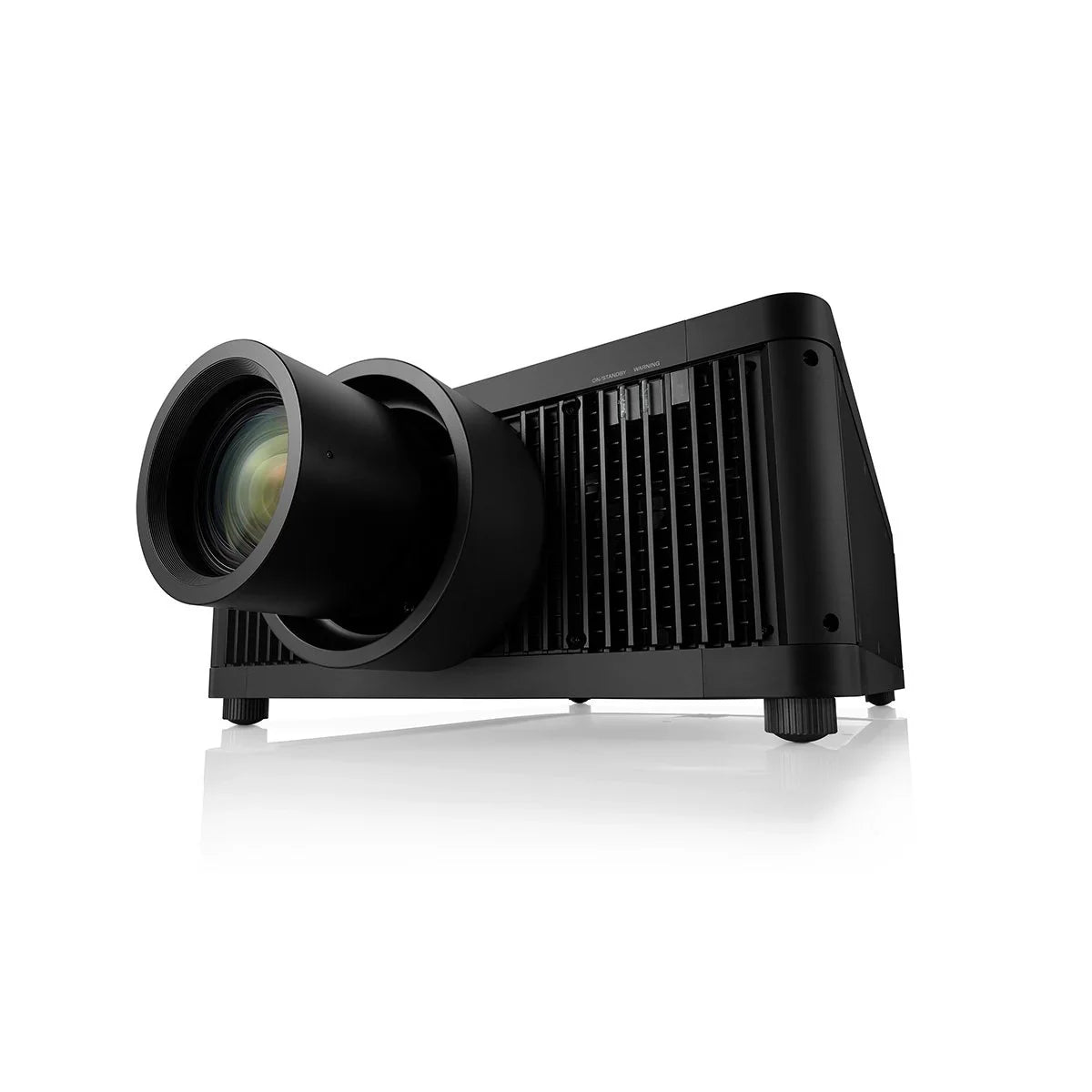
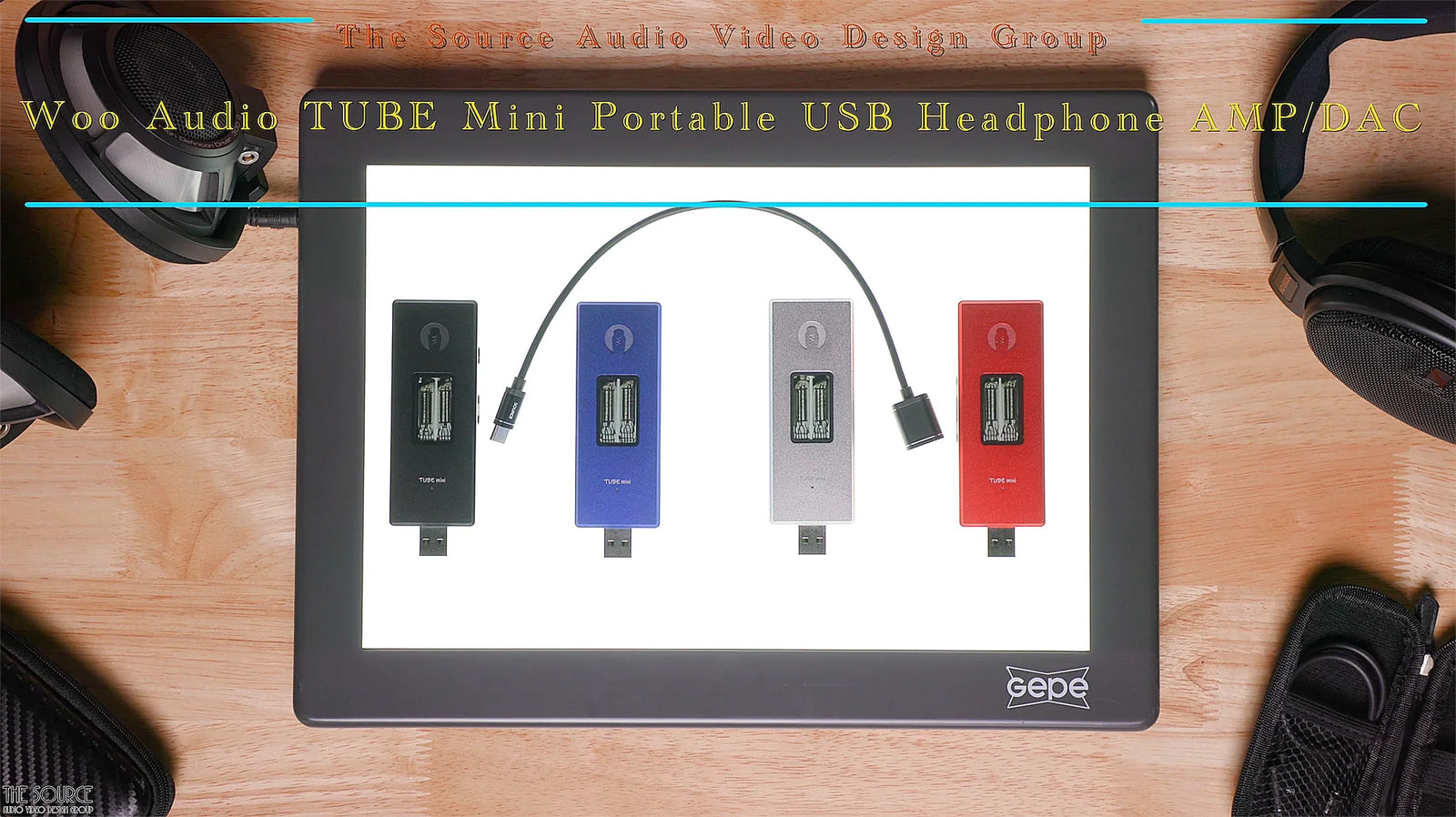

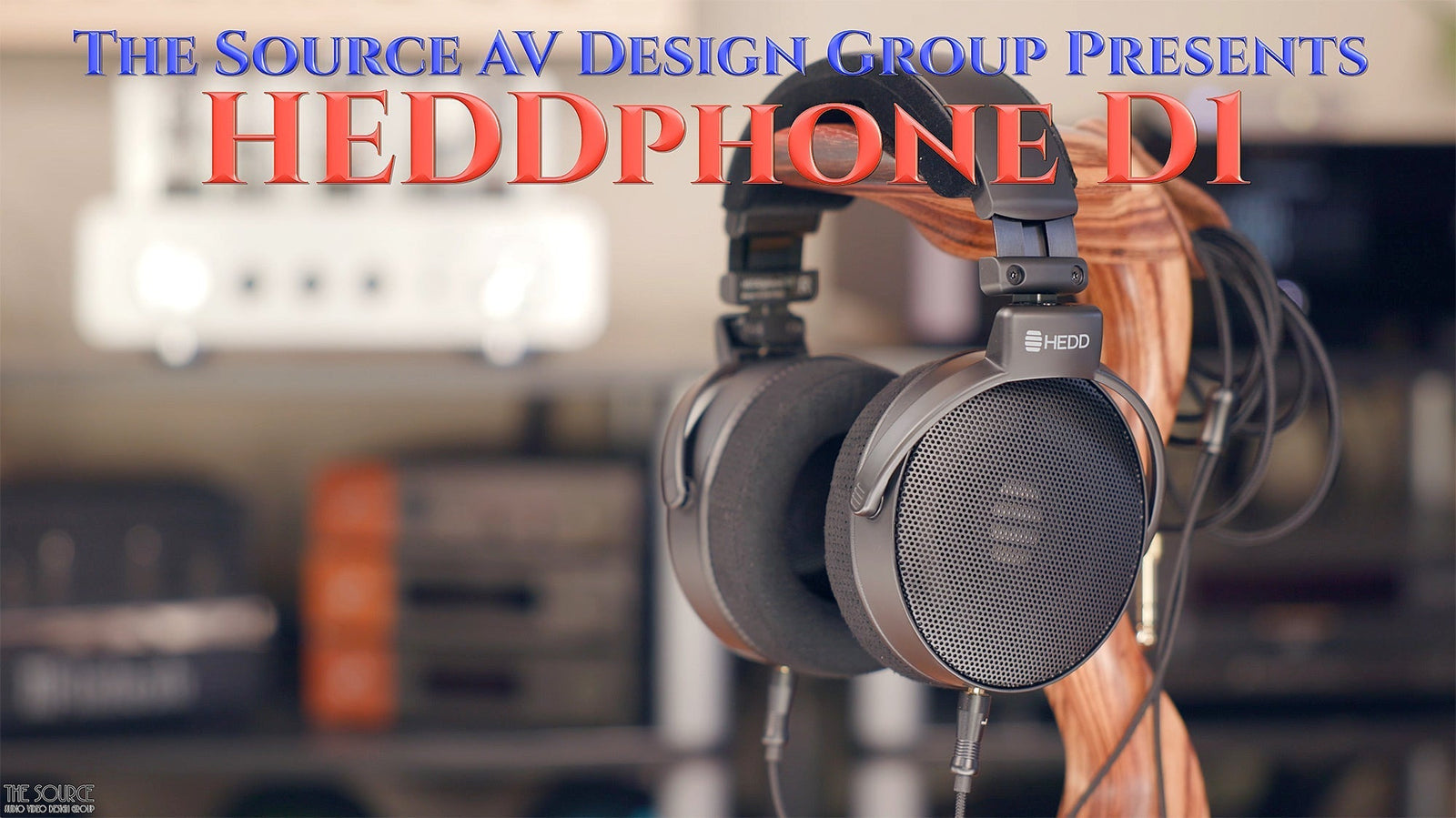
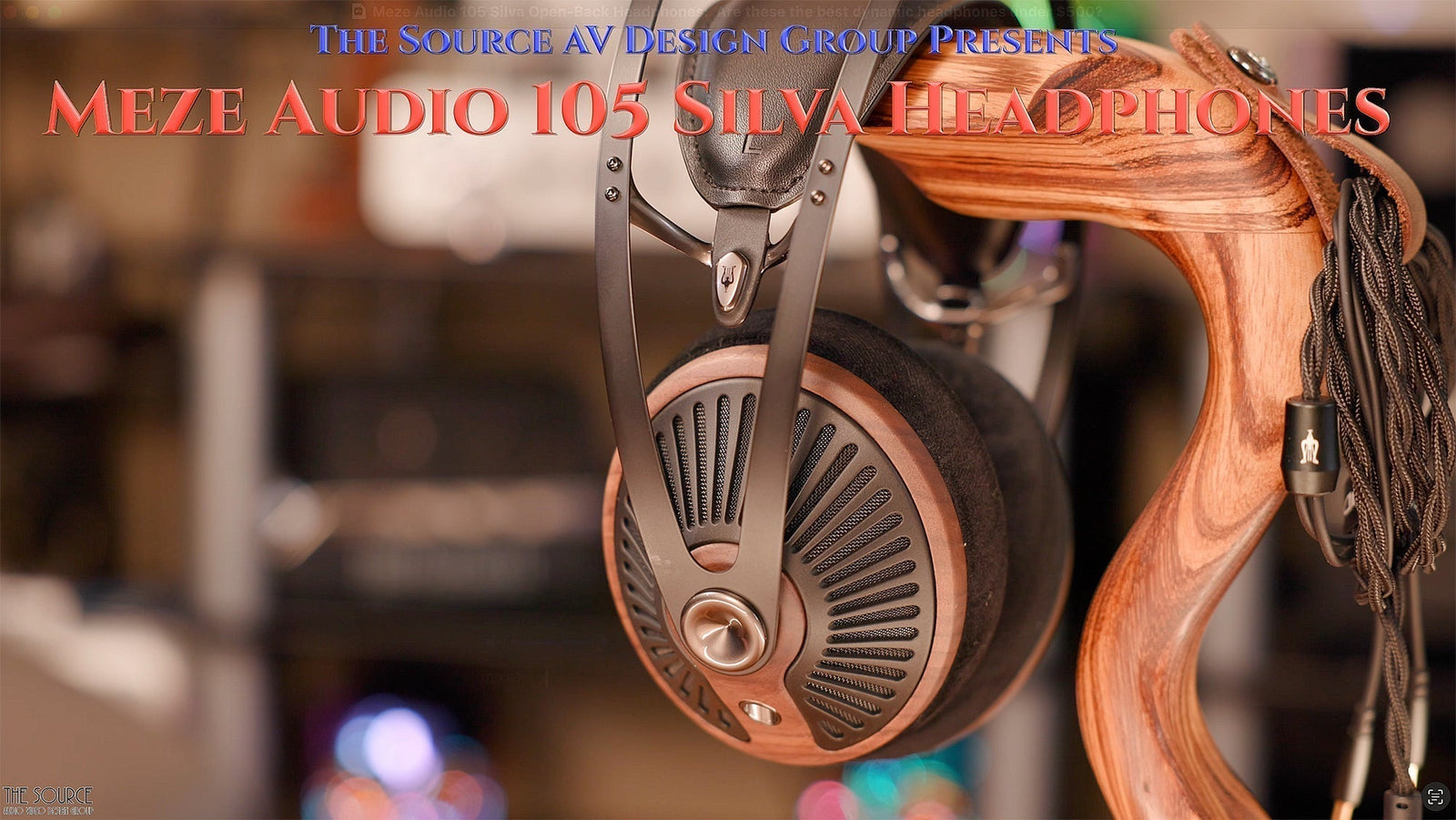
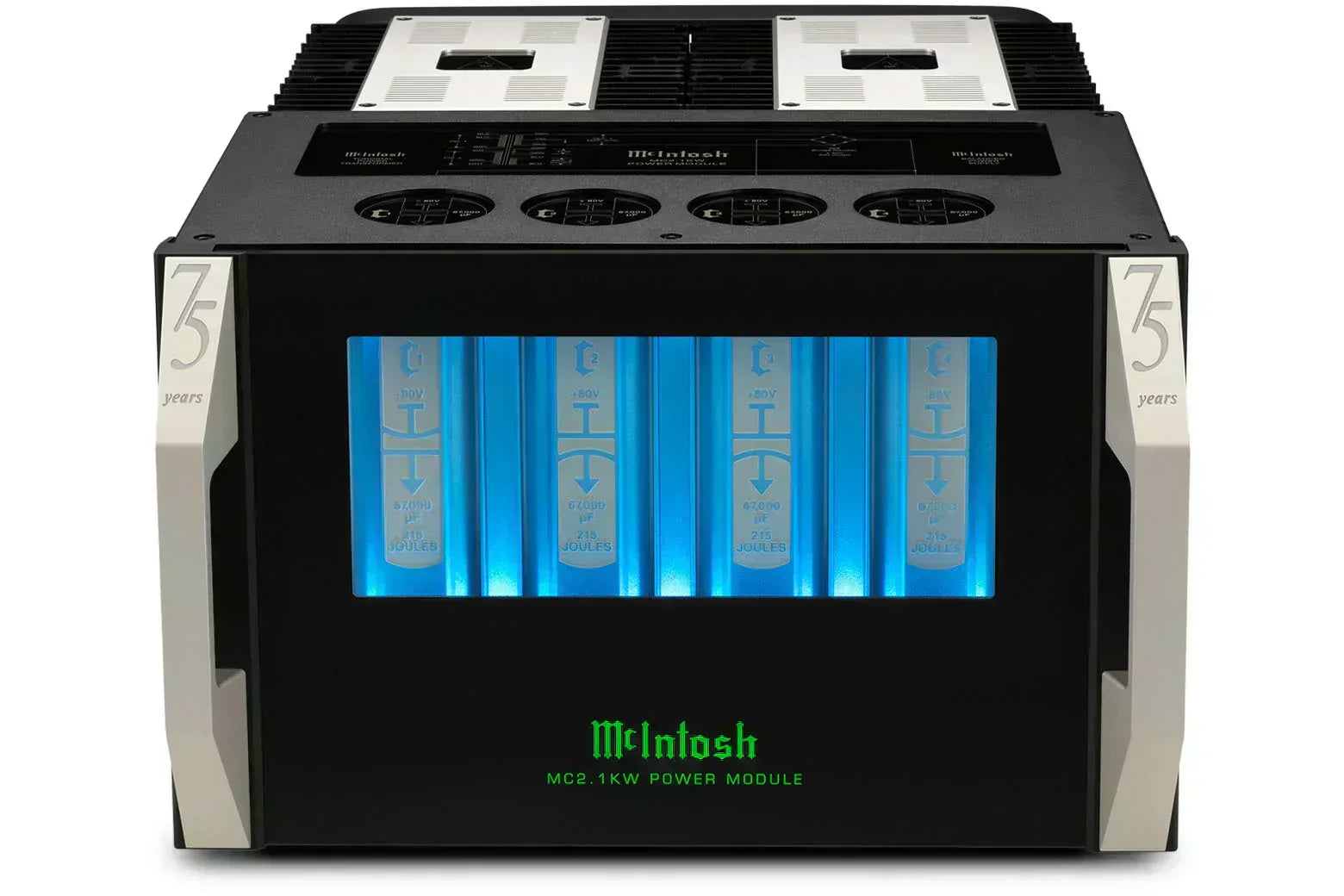
Leave a comment (all fields required)